DECODING THE NEXTEL CHIRP
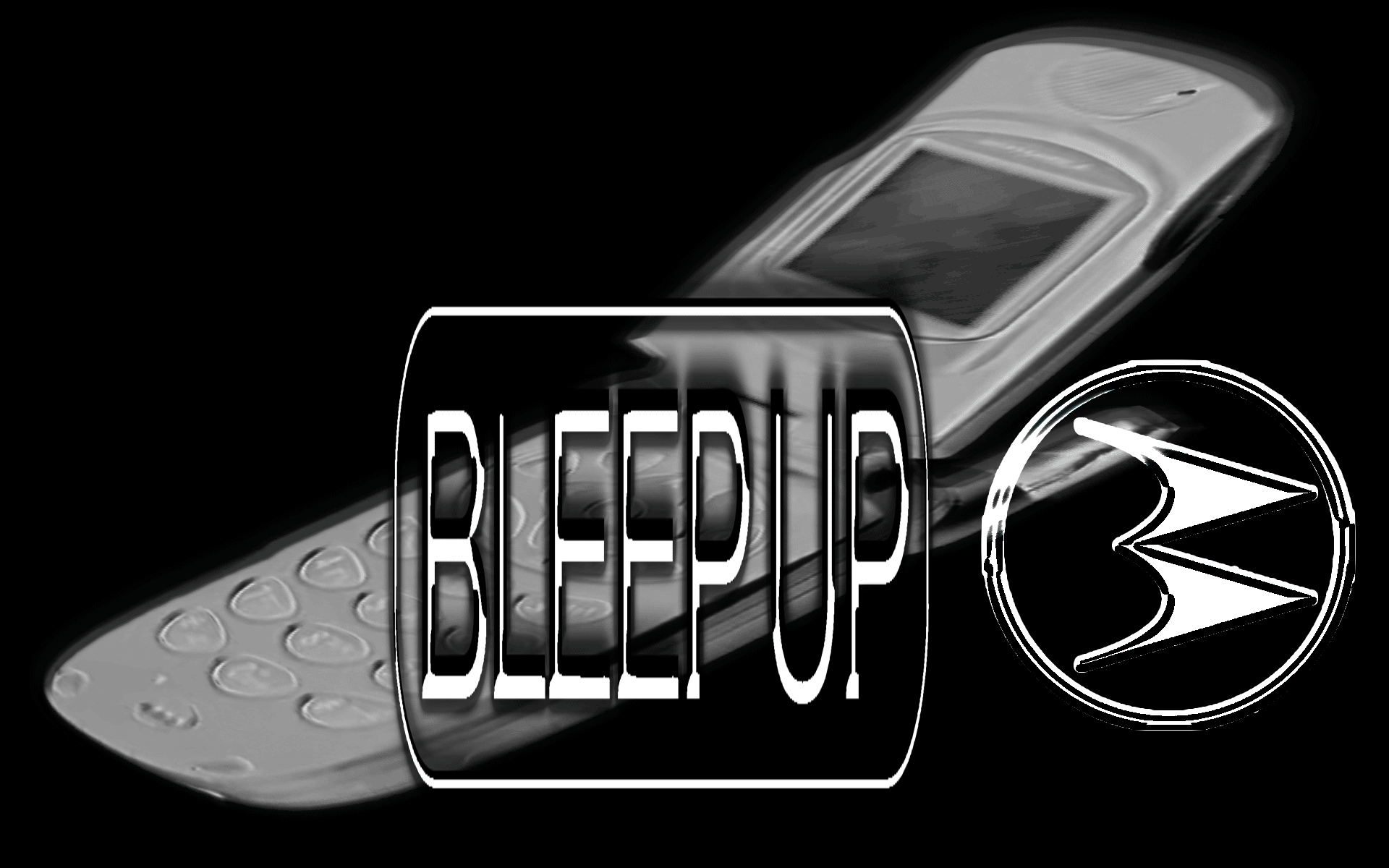
The Nextel chirp appears approximately 45 times on Ryder Musik, a mixtape Jim Jones released in 2004. As one track fades into another, Jones checks in with collaborators and compatriots through staticky dispatches bookended by a familiar bleep—the alert synonymous with Nextel’s Direct Connect feature. The service allowed users to speak via a walkie-talkie function built into their Motorola phones.
“If you know anything about projects, I always find something dope from something that’s going on that I kind of could use, and that was one of them,” Jones said in a 2019 interview. “I had all the artists—I had all of them on the chirp. I was like, ‘Shit, instead of me having them in the studio or trying to get to them, I could just chirp ’em, record it in the studio, and now I got them introducing the song or part of the project.’”
The chirp had punctuated Jones’ conversations since the ’90s. A distinctive two-note ping, it alerted users to incoming messages. “Nextels was everything back then,” he said. “That was a hustler’s phone.” In the days before devices came equipped with QWERTY keyboards, communicating via the push of a button on a two-way radio felt immediate and cut down on chatter. And perhaps most important, law enforcement purportedly couldn’t listen in on the exchanges.
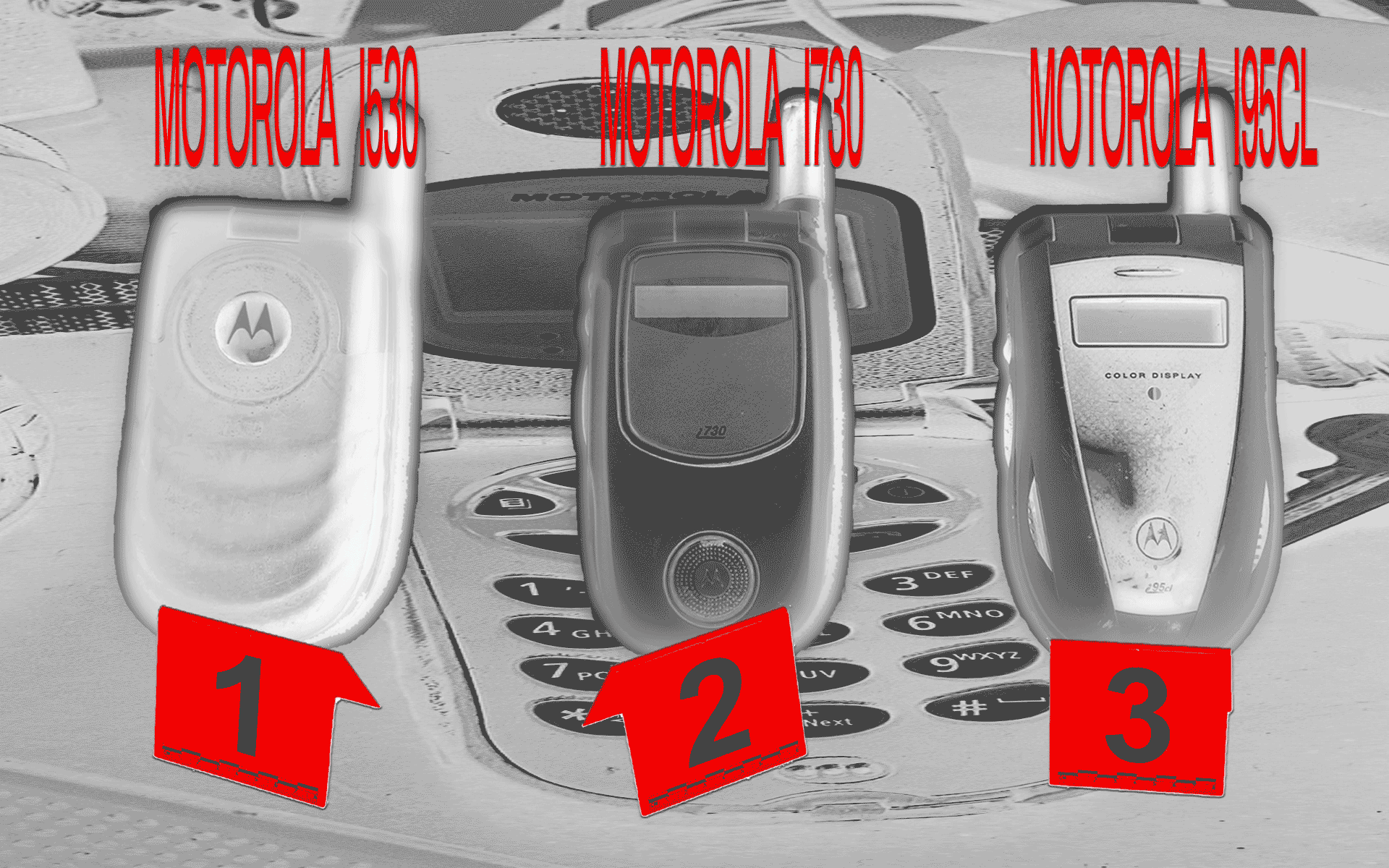
But Nextel and its walkie-talkie service transcended the streets and the artists tied to them. By the early 2000s, when social lives revolved around flip phones and by-the-minute plans, its handsets had become a fixture in high schools across America. The feature eventually arrived on prepaid carriers like Boost Mobile, expanding its reach and, with the advent of burner phones, cementing its cachet.
Motorola, however, didn’t have consumers in mind when it created its walkie-talkie function in 1993. Known as Integrated Digital Enhanced Network, or iDEN, the technology was aimed at enterprise clients—companies that would outfit their employees with the devices, which allowed for quick, secure communication. The push-to-talk feature felt like a natural evolution for Motorola, according to Ishmael Ordonez, who in the late ’90s was part of the team that supported the company’s iDEN operations in Asia and Latin America. “Motorola was the lead in radio communications, like walkie-talkies and things like that,” he said. “At the same time, they were also leaders in cellphones, both in the handset and the infrastructure. So, with those two strengths, they said, well, why not have a phone that did both?”
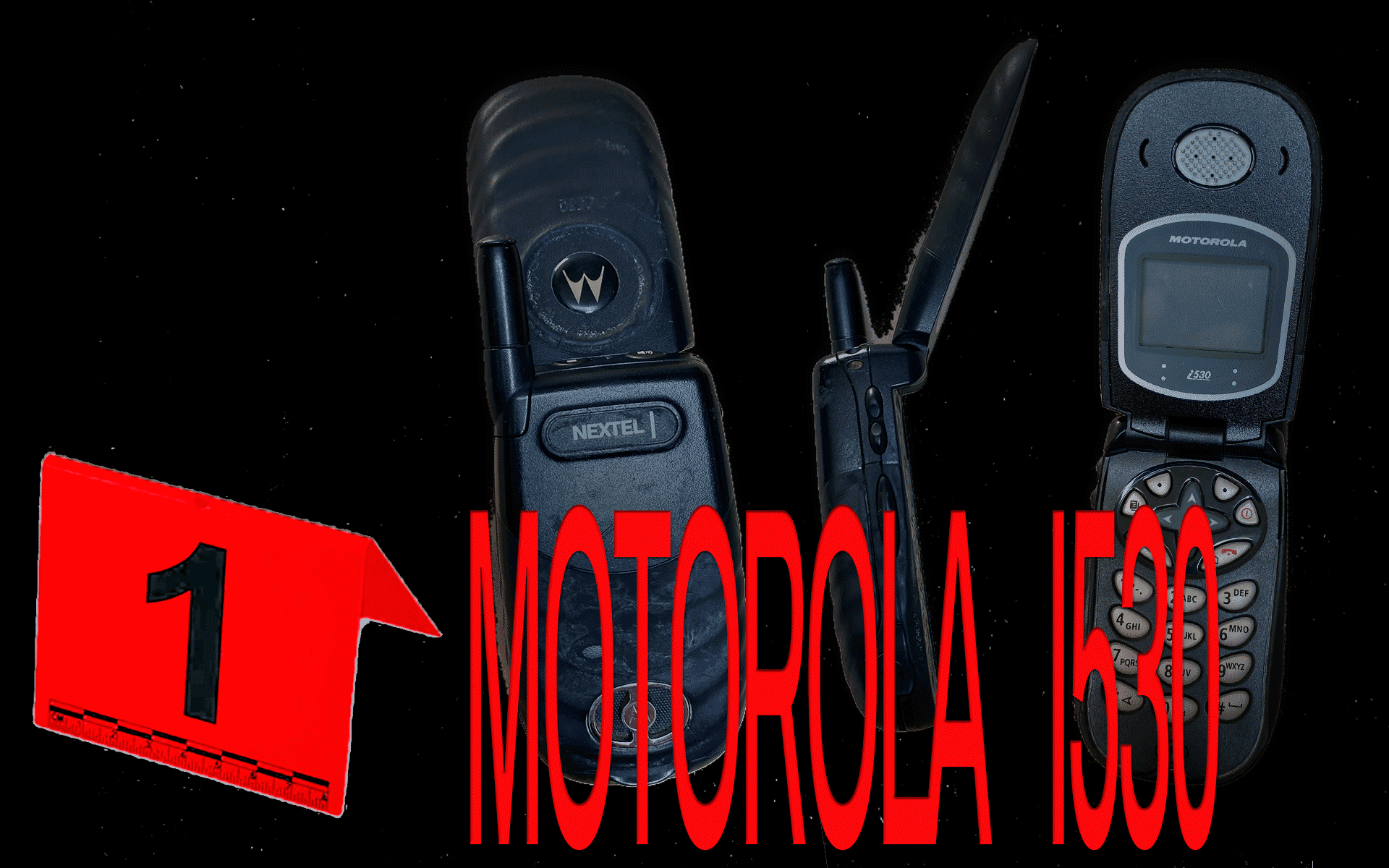
To that end, Motorola layered the walkie-talkie function atop a GSM, or Global System for Mobile Communications, network—a standard for wireless service at the time. The company then sold the technology and the devices that ran on it to carriers including Nextel, which launched its push-to-talk service under the name Direct Connect in 1996. “So they basically own the carrier and supply the carrier,” said Paul Tuscano, a former systems engineer with Motorola and, later, Nextel.
Tuscano said Motorola hit a million push-to-talk users in the U.S. and Mexico around the time he began there in 2000. Within a few years, it had introduced international support. “They networked all the iDEN networks together,” Tuscano said. “So you can push-to-talk somebody in Canada or Mexico,” or further afield.
The phones themselves also grew more sophisticated, peaking with the Motorola i95cl. “The color one—that was the one everybody wanted,” Tuscano said. “It was the first color phone, at least [on] iDEN,” and also offered internet connectivity. Cam’ron is holding what looks like a pink version of the model, a Baby Phat edition, in a celebrated photo from 2002. The device was both accessory and utility.
“We was fucking with the Nextel from the first Nextel,” Jones said. “It wasn’t no flip phone or nothing. It was just a brick.” The handsets, he said, were inescapable. “Anybody started getting a chirp, and it just became something that was everyday life. It was a part of the culture. You had to have a chirp.”
That was doubly true if you participated in any facet of the drug trade. Regular calls could be monitored, and text messaging was in its infancy, but Nextel’s push-to-talk function was reputed to be impenetrable. “It was definitely big among dealers, for sure,” said Brian Valmond, who chronicles Black street lore as ValTown on social media. “I mean, that was the beginning of the quote-unquote trap phone.” It was inevitable, he said, that the sound would surface on records. “A lot of the rappers in that era were mimicking the things that they saw in the streets in that era and making it their own things. It just became a phenomenon.”
According to Tuscano, Motorola likely knew rappers, producers, and engineers were borrowing its walkie-talkie notification sound, but the company wasn’t aware of the criminal applications of its technology. “And I think if they were, they intentionally did not acknowledge it,” he said. Law enforcement, however, couldn’t ignore the conversations transmitted across the network.
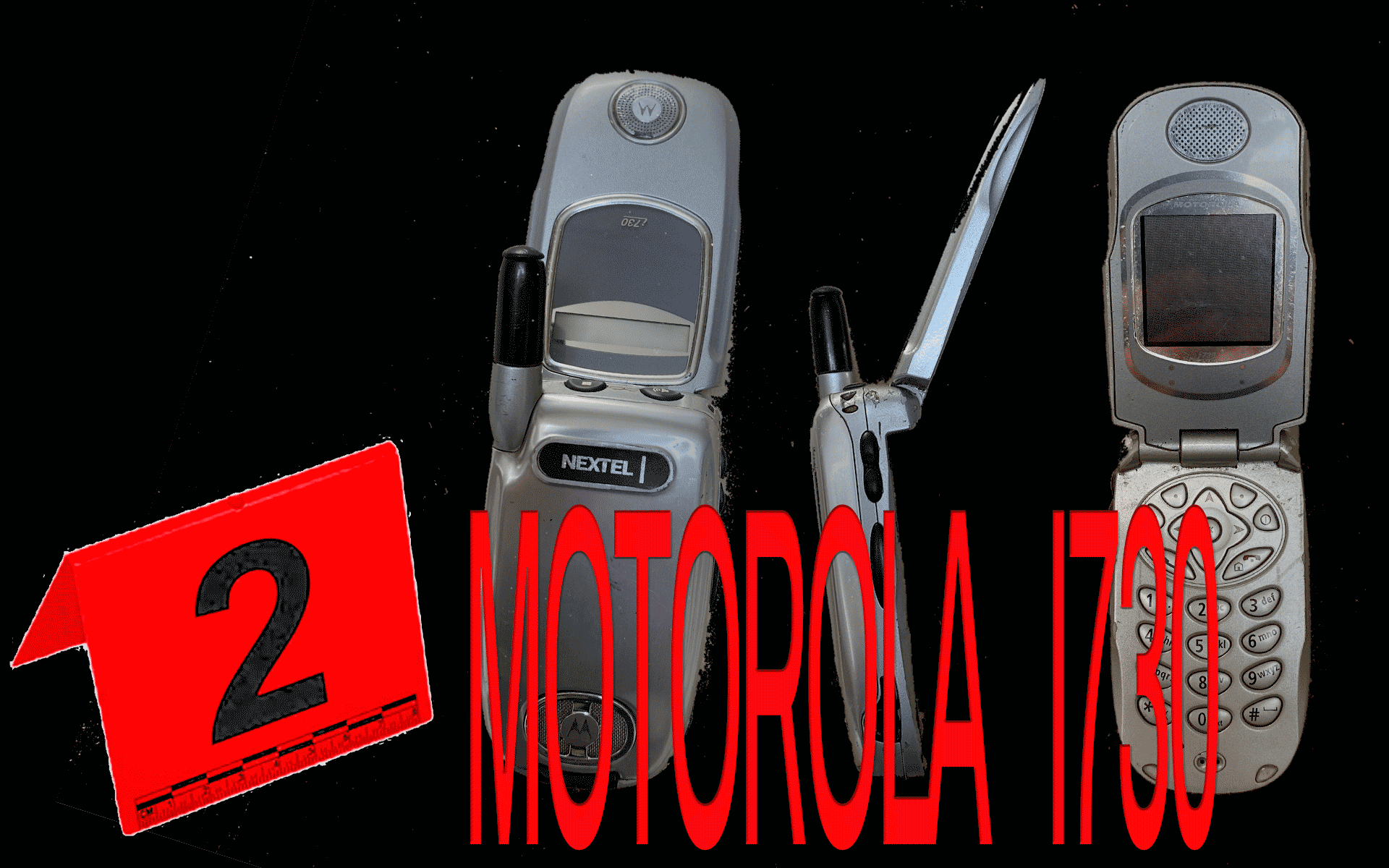
“It was all spurred by the FBI and the federal government to say, like, ‘Hey, we can’t trace these calls, right? So we need a method to do that,’” Tuscano said. “So Motorola developed a wiretap, essentially, technology for iDEN.”
Part of that work fell to Tuscano himself. “I was on the team that actually had to go deploy the surveillance system on the network,” he said. Every region was home to a series of service towers, all of which were interconnected and then linked to a central switch office, where the surveillance equipment was installed. “You’d get your warrant. Then you’d have to register the warrant into the system and whatever, and that would allow us to wiretap any number, any customer, that was specified in the warrant,” Tuscano said.
Nextel surveillance didn’t end in America. In 2002, Tuscano said, he was dispatched to Brazil as the state pursued a major drug trafficker known to communicate on iDEN-enabled phones. “It was a rush job,” Tuscano said. “We had to do it in a certain amount of time. Otherwise, they were going to fine [us], shut down the network, and imprison the C-suite.” The accused trafficker was a high-ranking member of a cartel, Tuscano said. “That’s how he conducted all his business, was on the Nextel phone.”
As law enforcement cracked push-to-talk networks, a technological shift was afoot. Mobile internet was moving to 3G, which forced Nextel to shift from TDMA—Time-Division Multiple Access, the wireless standard that undergirded GSM networks—to CDMA, or Code-Division Multiple Access, a competitor that allowed for faster data speeds. “That’s ultimately what killed push-to-talk for Nextel,” Tuscano said. iDEN performed poorly on the network, with delays and interference that Motorola and chip maker Qualcomm couldn’t remedy. “Now, if it does exist, it exists as an application that’s basically Voice Over IP service,” he said. “But nobody uses it.”
Some 20 years later, Tuscano views iDEN as an antecedent to social media. Chirps blared through a phone’s speakers, so exchanges were audible to anyone within earshot. “There’s an element of showiness to everybody hearing your conversation, especially when it’s, like, you’re hustling,” he said.
Jones sees parallels to the push-to-talk service in contemporary platforms. “FaceTime reminds me of the chirp a little bit,” he said. “It’s not as intrusive, because you ain’t gotta answer it, but it definitely puts me in mind of the chirp.”
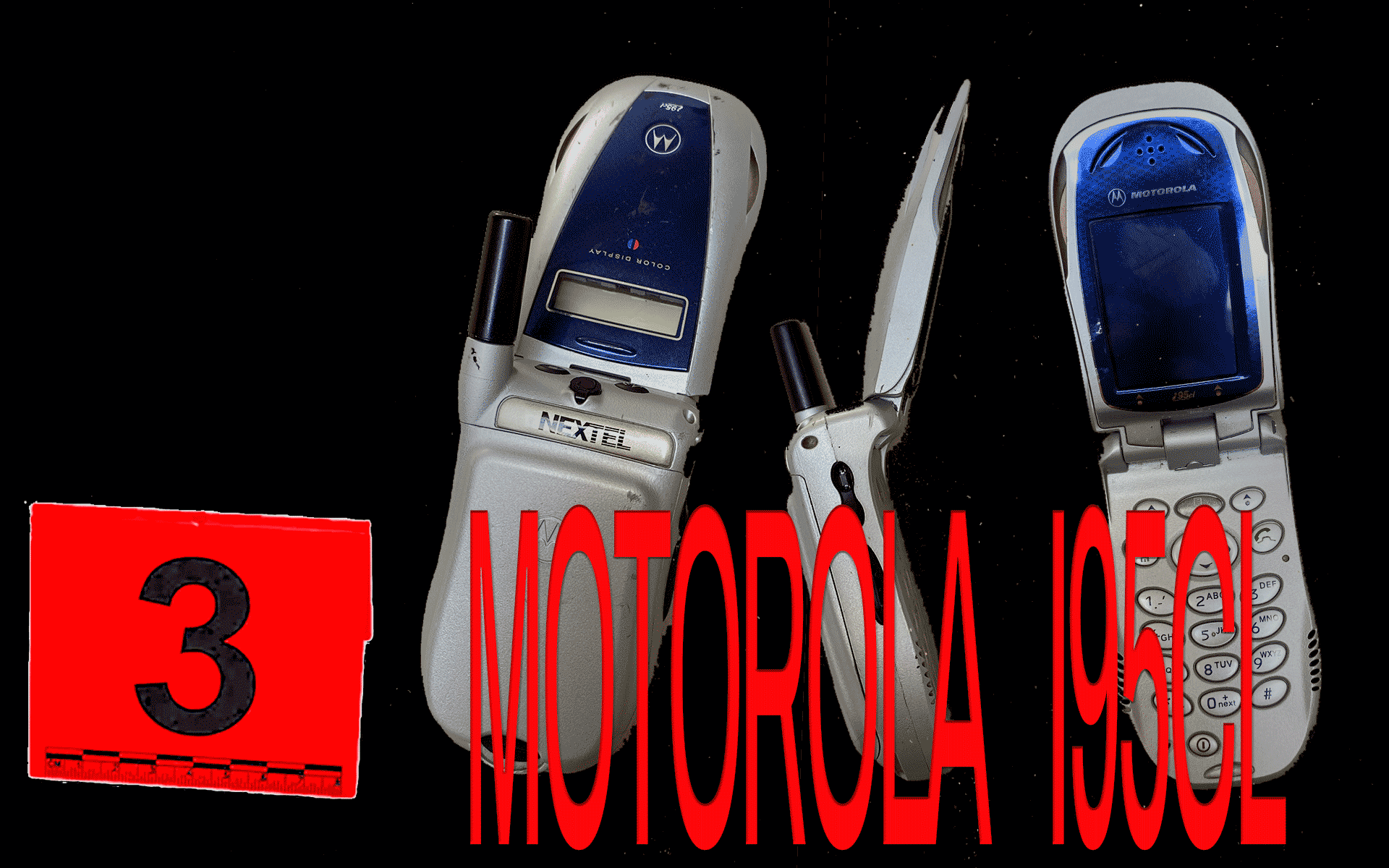
Sprint swallowed Nextel in 2005, and in the years that followed, smartphones pushed the chirp toward obsolescence. Despite its vulnerabilities, the iPhone became the communication standard across all walks of professional life.“We use it,” Valmond said, “but it doesn’t have the same feel, because now the feds are in it, so anything that’s fair, there’s, like, oh—”
He redirects himself.
“I mean, the iPhone is cool,” he said, “but, like, fuck the iPhone.”
Story Credits
WRITER: LUCAS WISENTHAL
GRAPHIC DESIGN: ULTRABUFFET STAFF